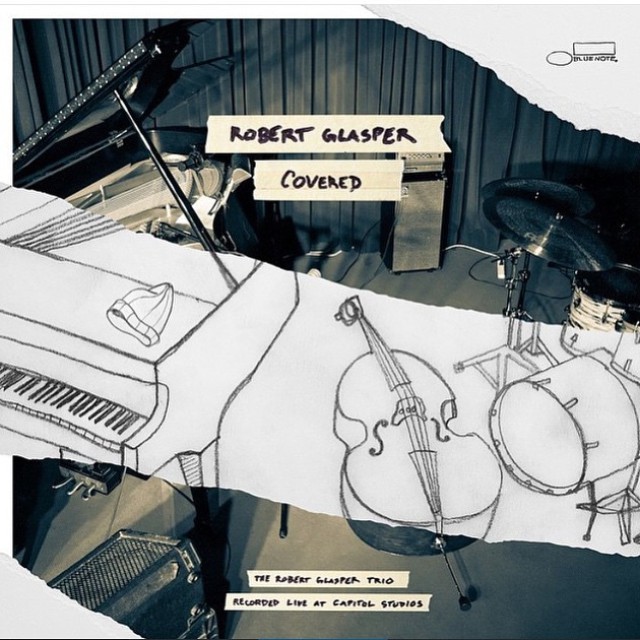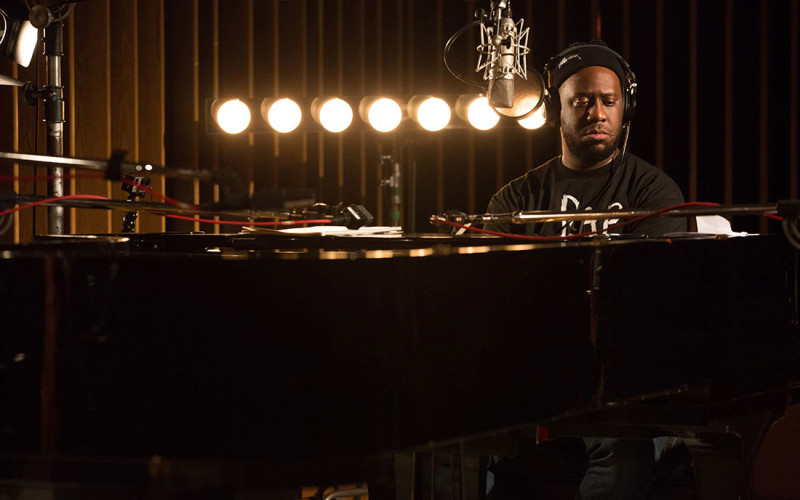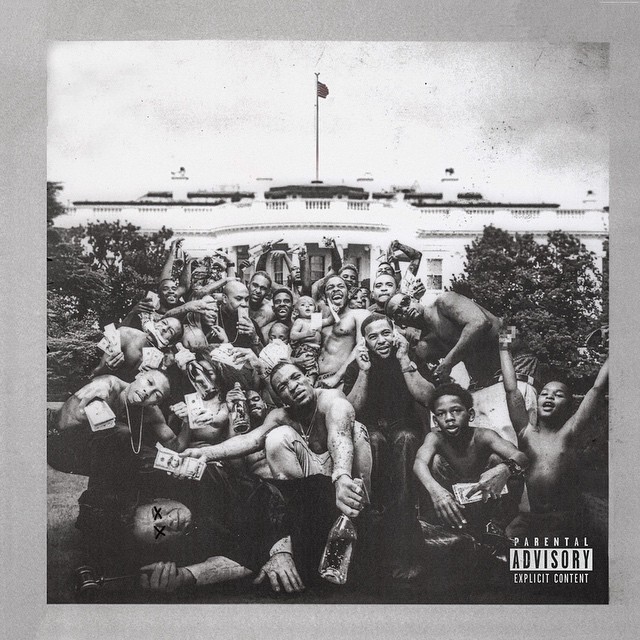Back in 2013, after the Robert Glasper Experiment album Black Radio scored a left-field victory with a Grammy Award for Best R&B Album — and before Glasper took home a second Grammy for his follow up Black Radio II, which garnered Best Traditional R&B Performance — the Houston-raised pianist insisted to me that he hadn’t forsaken jazz. “I’ll always play trio,” he said. “It’s my favorite format.”
With his new album Covered, his sixth release for Blue Note, Glasper returns to an unplugged context. With bassist Vicente Archer and drummer Damion Reid, his trio bandmates on his first albums for the historic jazz label, Glasper straddles the best of both worlds for an interactive jazz session marked by the tuneful Black Radio sensibility.
Recorded before an intimate but voluble audience at Capitol Studios in Hollywood, the album features instrumental arrangements of songs by contemporary hip-hop and R&B artists such as Jhené Aiko, John Legend, Musiq Soulchild, Bilal, and Kendrick Lamar, whose hit album To Pimp A Butterfly features Glasper prominently. As he explains it, the concept behind Covered was simple.

“We’re in the middle of a movement, and I don’t want to stop it,” says Glasper, 37, who performs four shows with the trio at the SFJAZZ Center on June 19-20. “Since I’ve been in this Black Radio world, I’ve established a new fanbase, and I didn’t want to cut them off. I also didn’t want to cut off my straight-ahead fanbase. I wanted to make a jazz album that’s accessible for everyone, with songs of our generation that people can relate to.”
Repertoire is only part of Glasper’s outreach. For much of jazz’s history, musicians have used pop tunes of the day as vehicles for improvisation, but rather than reharmonizing the chord changes from “All the Things You Are” or “What Is This Thing Called Love,” he crafts arrangements that hew close to the original melodies. The results on Covered are often gorgeous, whether he’s exploring Joni Mitchell’s “Barangrill” or providing uplifting accompaniment for a brief statement of purpose by undaunted gravel-voiced actor/singer/activist Harry Belafonte.



